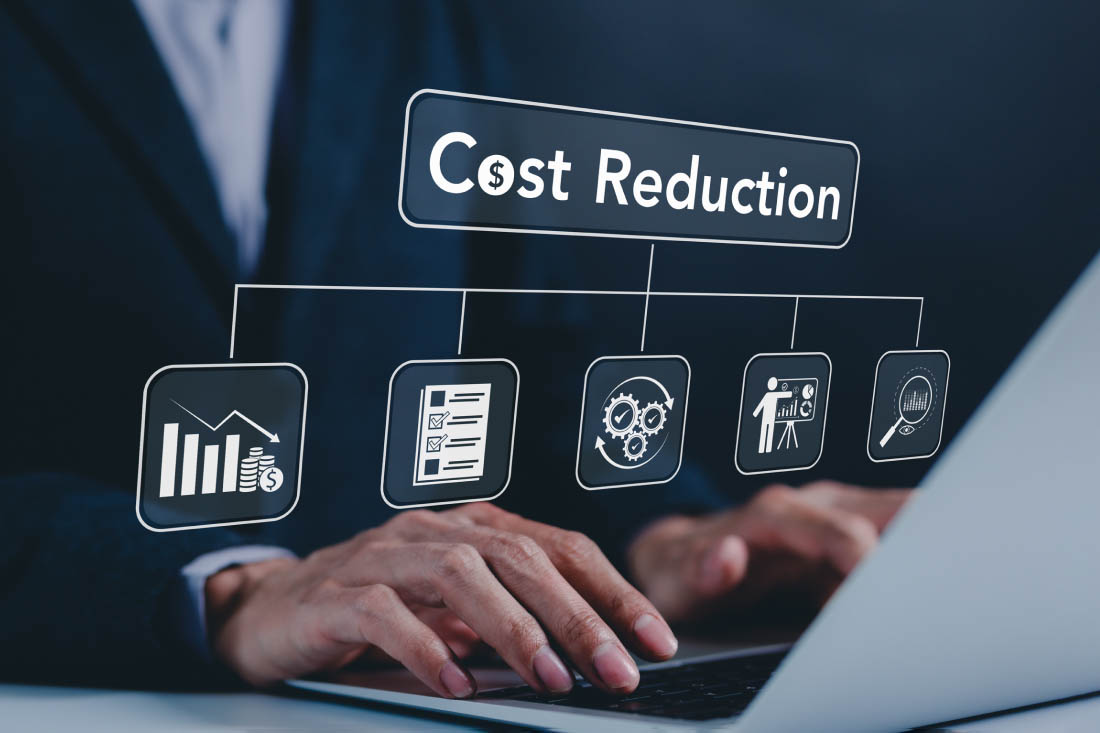Understanding how work gets done, especially in the wake of COVID-19, is critical to improving productivity and reducing operational compliance risk across your organization. Employee monitoring has evolved from a strategy managers used to answer, “Are my employees working?” to one that uncovers “How are my employees working?”. Business leaders now leverage key user behavior analytics and insights to replicate successful work patterns and processes and optimize those that are not, within an organization.
By adhering to the following “do’s and don’ts”, you can implement an employee monitoring program that provides insightful data that can promote win-win situations for employers and employees alike.
DO
Be transparent about monitoring. Whether it be documented in your employee handbook or other policy, or just having a casual conversation with your teams, most experts recommend being upfront about your employee monitoring program including what data you collect and how you intend to use it. Trust and transparency are essential to building productive teams!
Let employees access their own data. Not only does this promote trust, but by analyzing their own data, employees are empowered to self-manage and make adjustments and improvements without outside intervention.
Use employee monitoring data as part of your performance review process. This data can drive well-deserved recognition and facilitate conversations about key areas of improvement. It can also help facilitate healthy conversations between managers and employees around work habits, balance and schedules.
Leverage automated alerts. Let employee monitoring software do the heavy lifting. Set the parameters of what would be considered suspicious or non-compliant behavior, such as transferring files or visiting a pornagraphy website, and you will be automatically alerted in real-time of these activities so you can take immediate, corrective action.
Tailor your analysis for your needs. Don’t be afraid to take your collected workforce data and combine it with other data sources for more personalized reporting via a BI visualization tool such as Power BI or Tableau. Integrating and correlating user activity data with other data sources such as Salesforce, ZenDesk, Jira, etc. provides even deeper analysis to further improve business operations. Your business may have unique goals and processes, so be sure to analyze the data accordingly.
DON’T
Micromanage or spy on employees. Employee monitoring software is meant to provide insights to improve your business. It should not be used to spy on employees or incite invasive or harassing behaviors. Organizations should prioritize and protect employee privacy while using employee monitoring solutions.
Use a one-size-fits-all model for understanding productivity. Roles vary and so, too, do the ways each team member performs their work. What defines a successful, productive salesperson is much different than what defines a successful, productive engineer. Avoid comparing apples to oranges and instead baseline and analyze metrics for similar roles to get accurate business insights.
Make assumptions about data. If you are concerned about any data you see, it is advised to speak with an employee to clear up any possible misunderstandings before coming to conclusions or taking corrective actions.
Use keylogging. Keylogging, or keystroke logging, is a process that records the keys a user is typing on the keyboard in order. Loggers collect and store passwords, bank account information, private messages, credit card numbers, PIN numbers, and usernames. The potential for misuse far outweigh any perceived benefits. For this reason, ActivTrak does not offer Keylogging in their employee monitoring solution.
Install on non-company owned devices. This is typically not advised. Even with employee permission, you may face unique challenges by collecting and analyzing data from a personal device.
In order to promote trust and transparency, while respecting employee privacy, employee monitoring programs must prioritize insights versus oversight. By being transparent with employees about using employee monitoring solutions and following the other best practices outlined in this article, employee monitoring programs can facilitate more sustainable and productive workplaces that benefit both employers and employees.
Get started for FREE with ActivTrak
ActivTrak is a workforce productivity and analytics software company that helps teams understand how people work, whether in-office or remote. Our cloud-based user activity monitoring platform collects and analyzes data and provides insights to help organizations be more productive and compliant. With more than 8,000 customers and over 250,000 users of its free version, ActivTrak’s award-winning solution can be configured in minutes to identify operational bottlenecks, flag operational compliance risks, and provide valuable insights that help employees and employers improve productivity outcomes. Start your free account today by clicking here.





